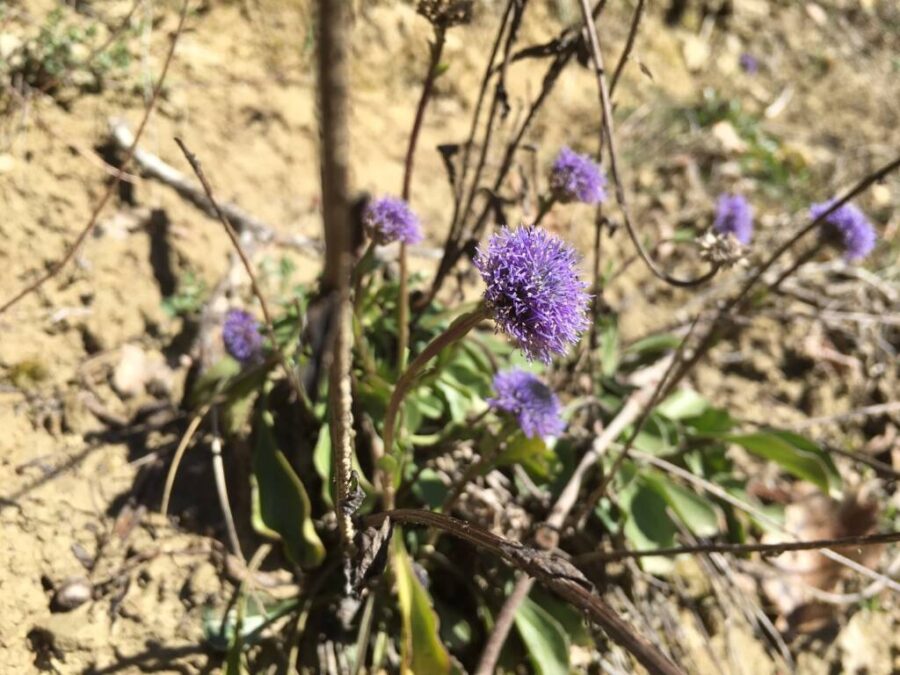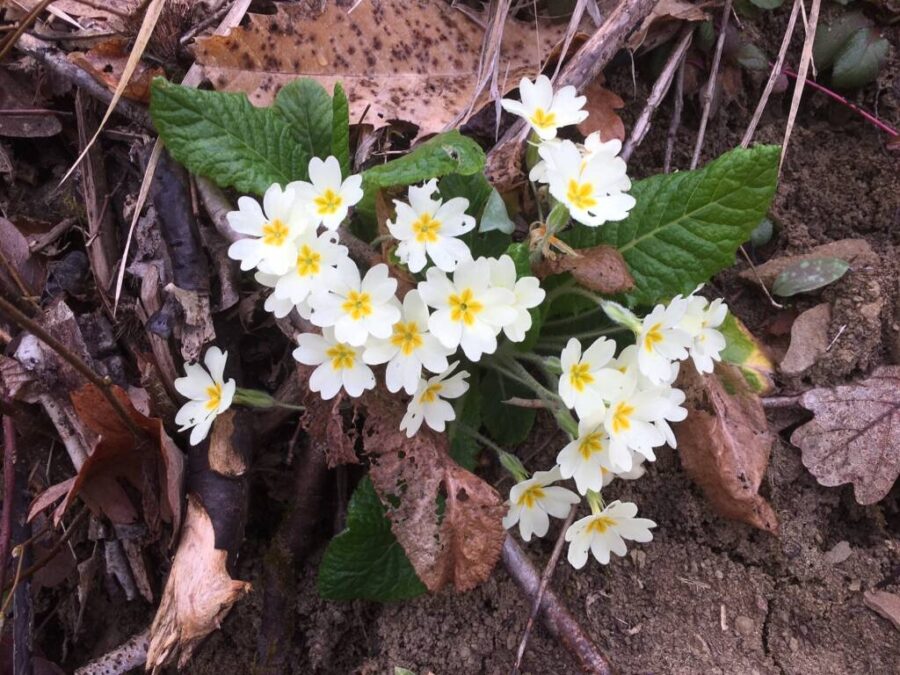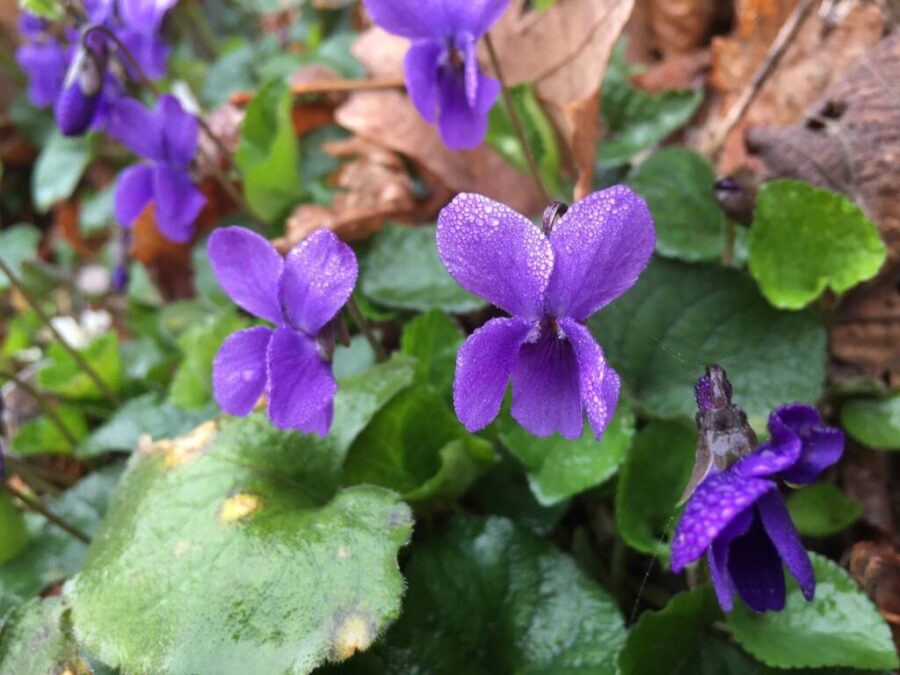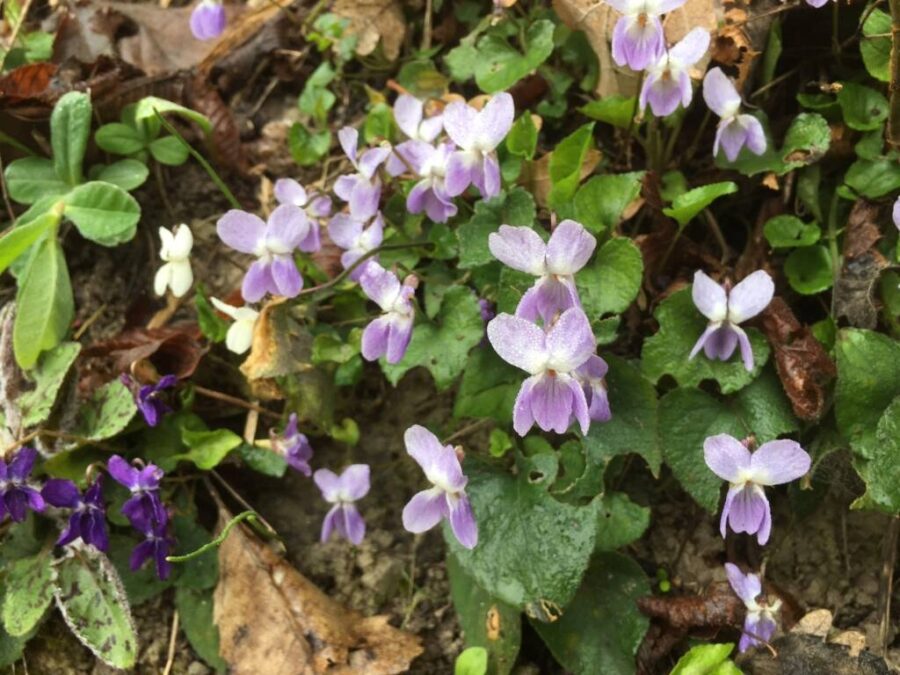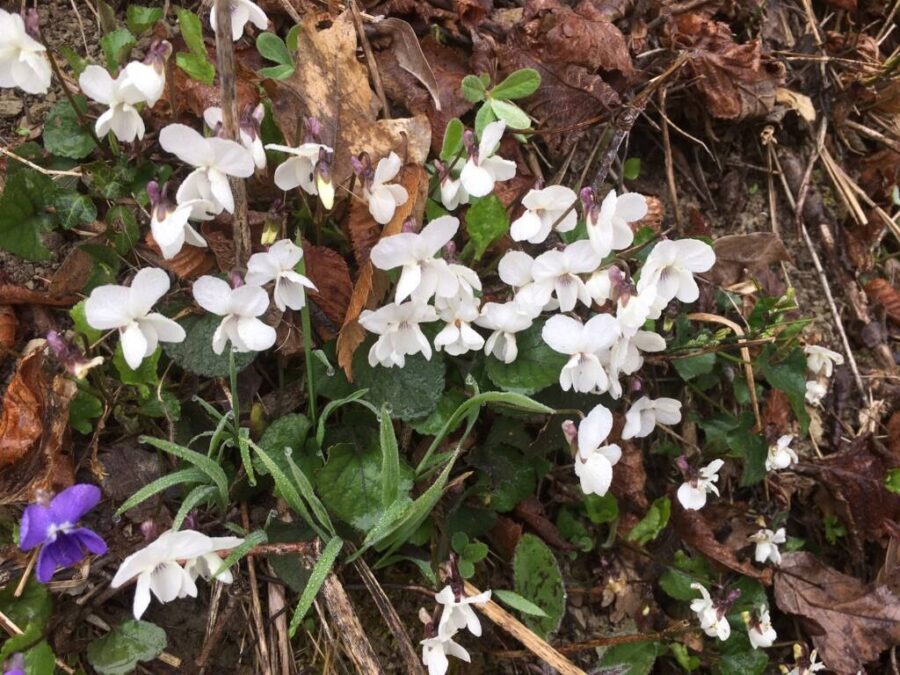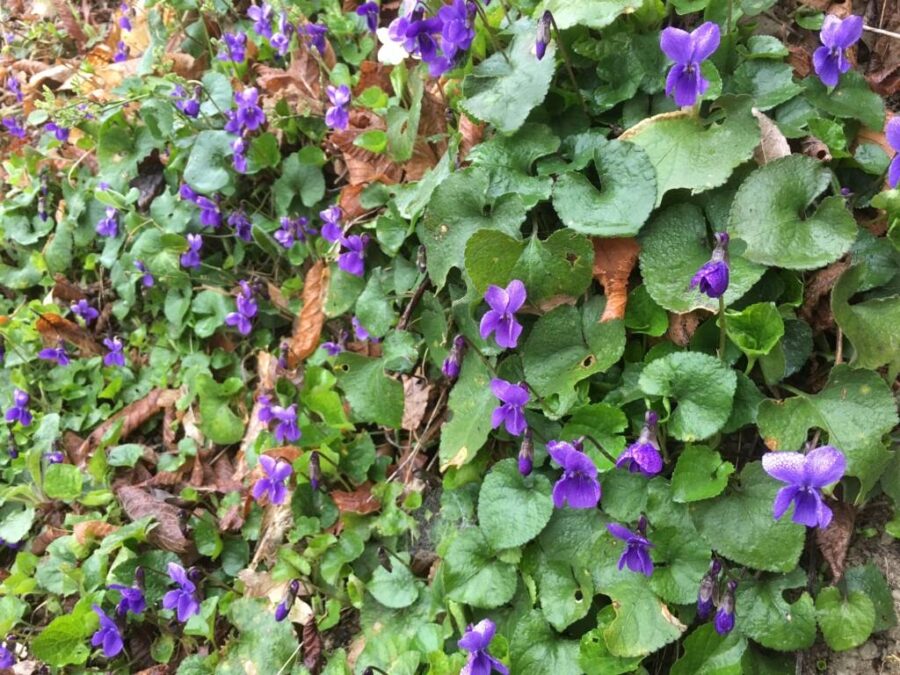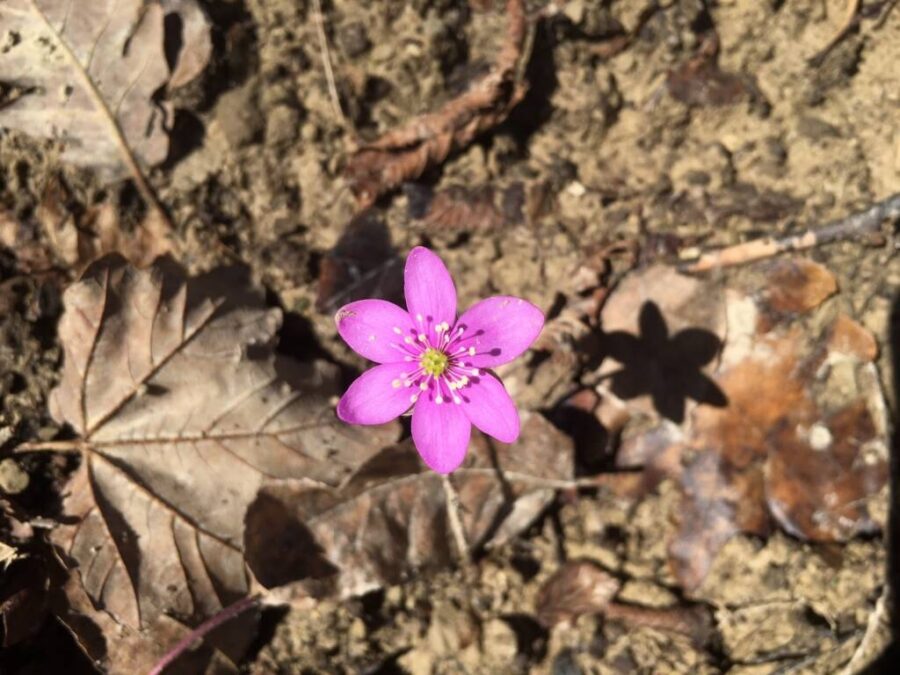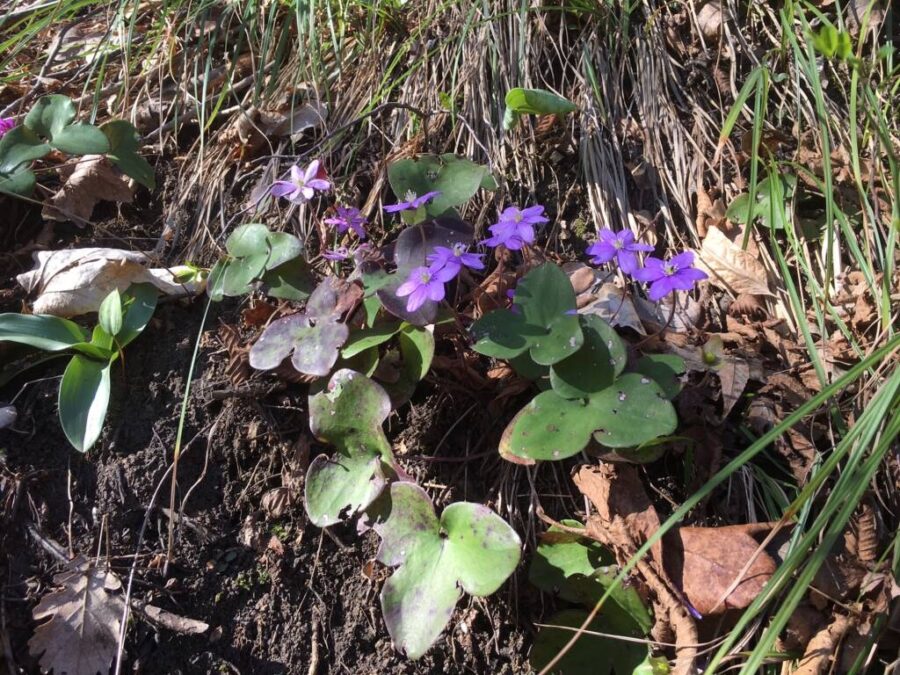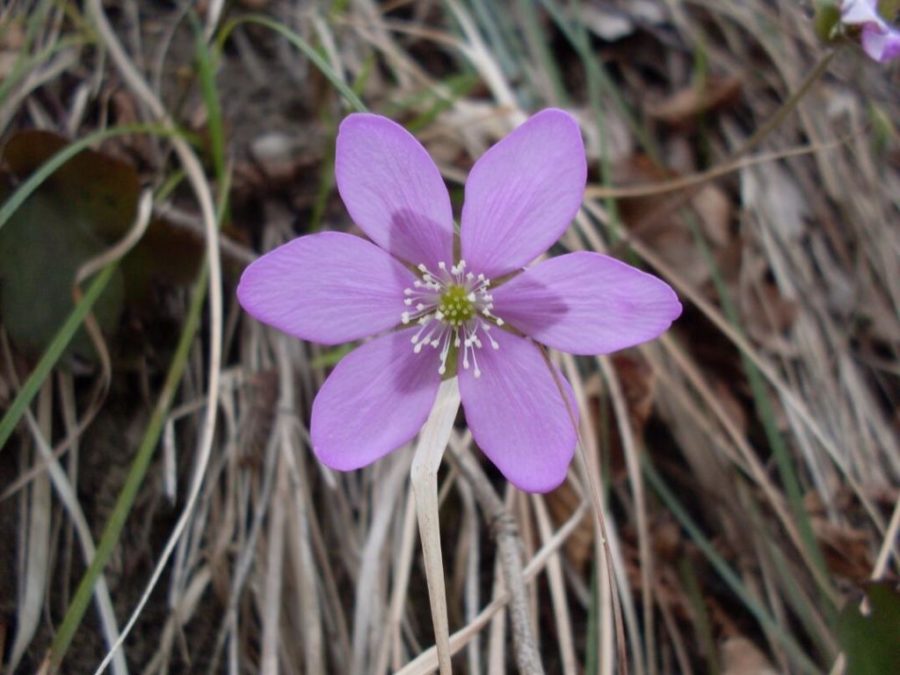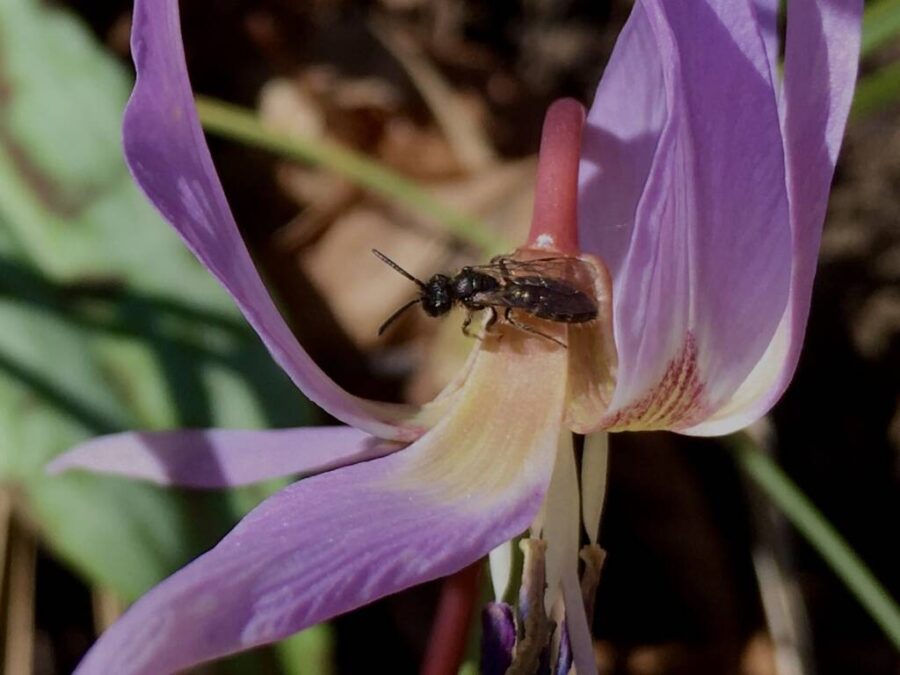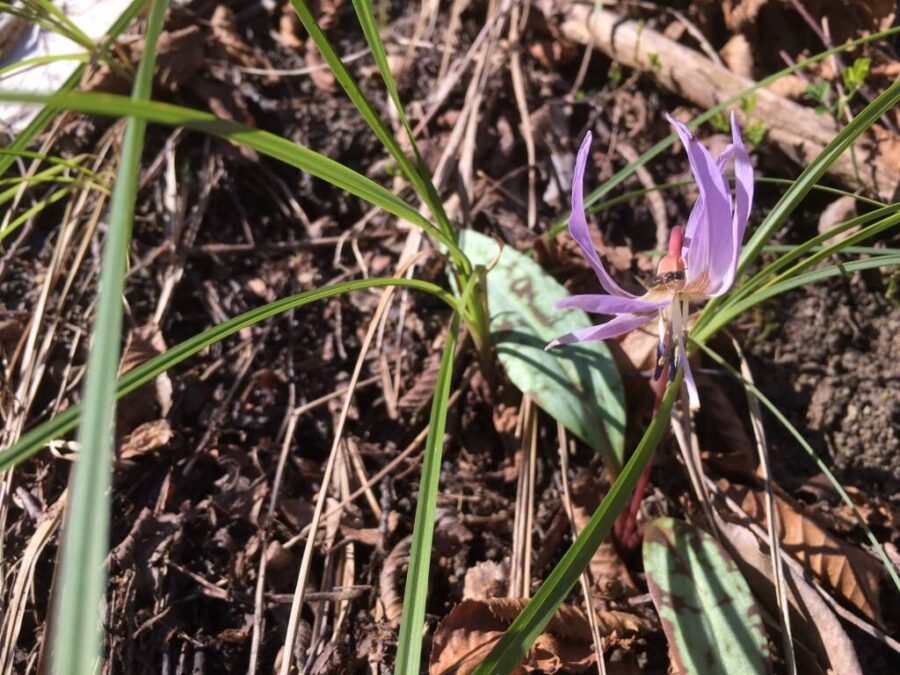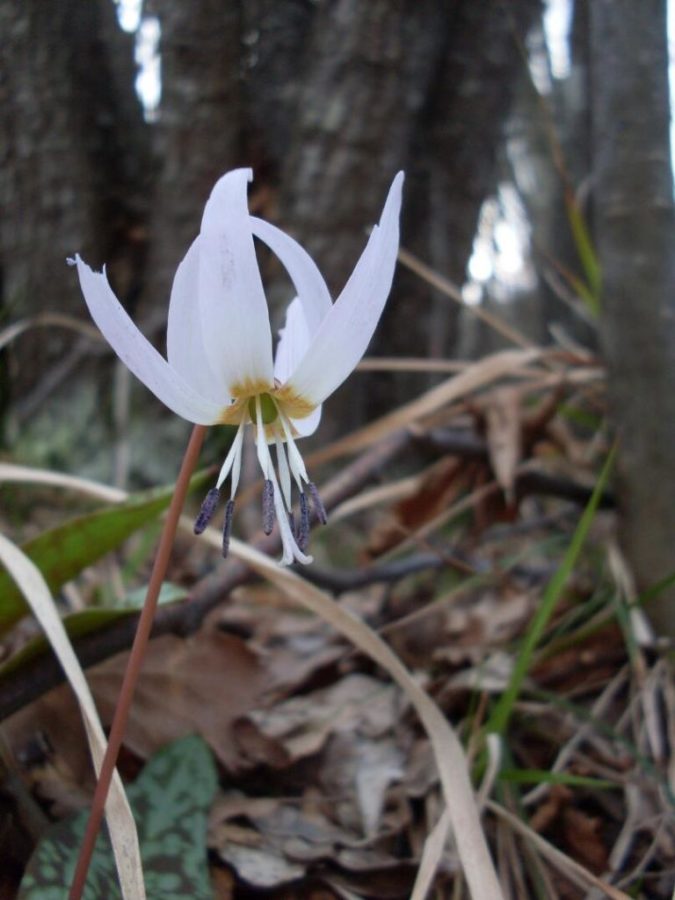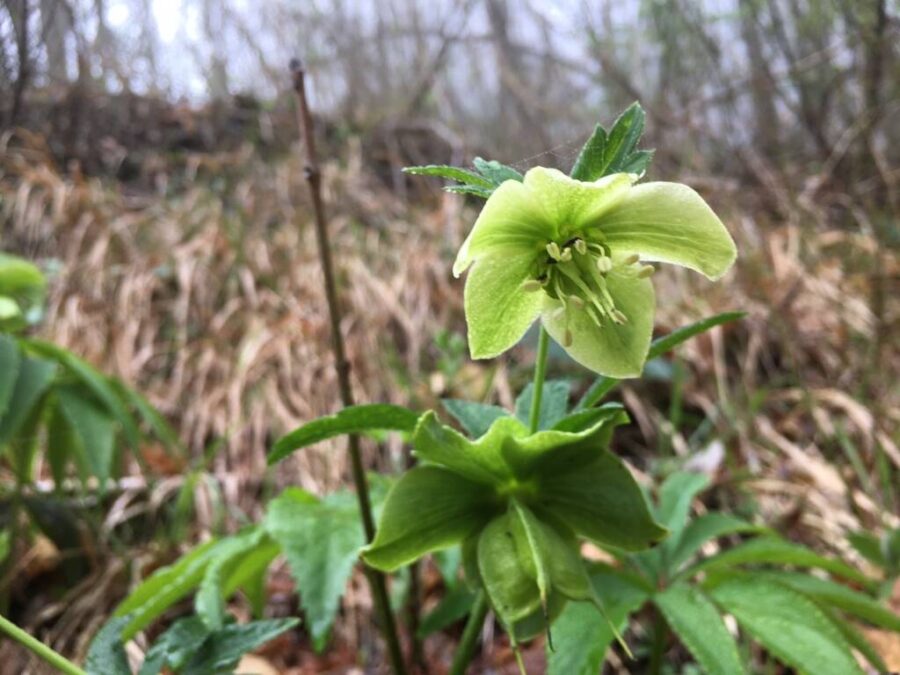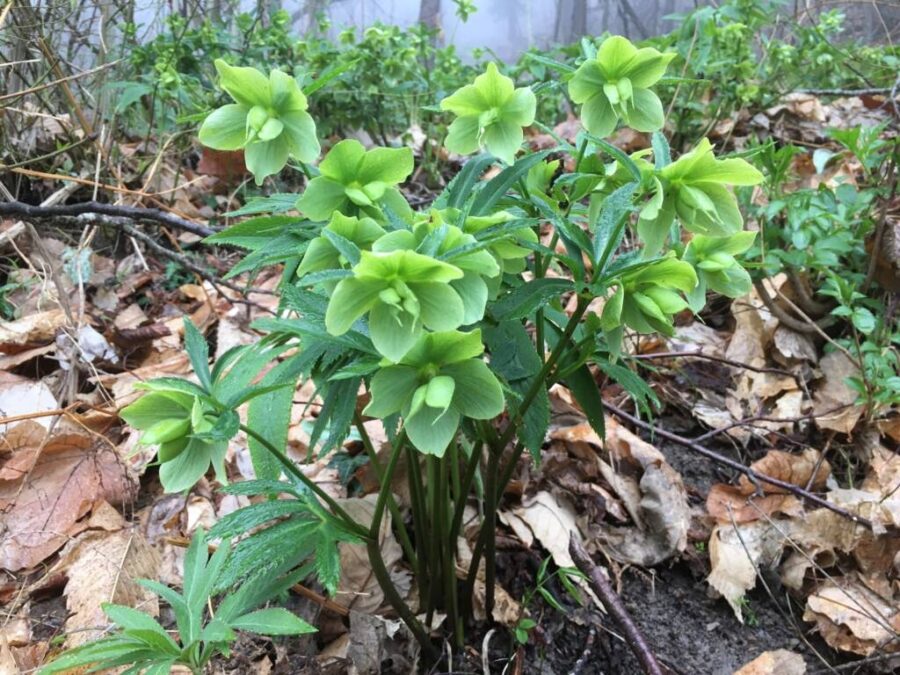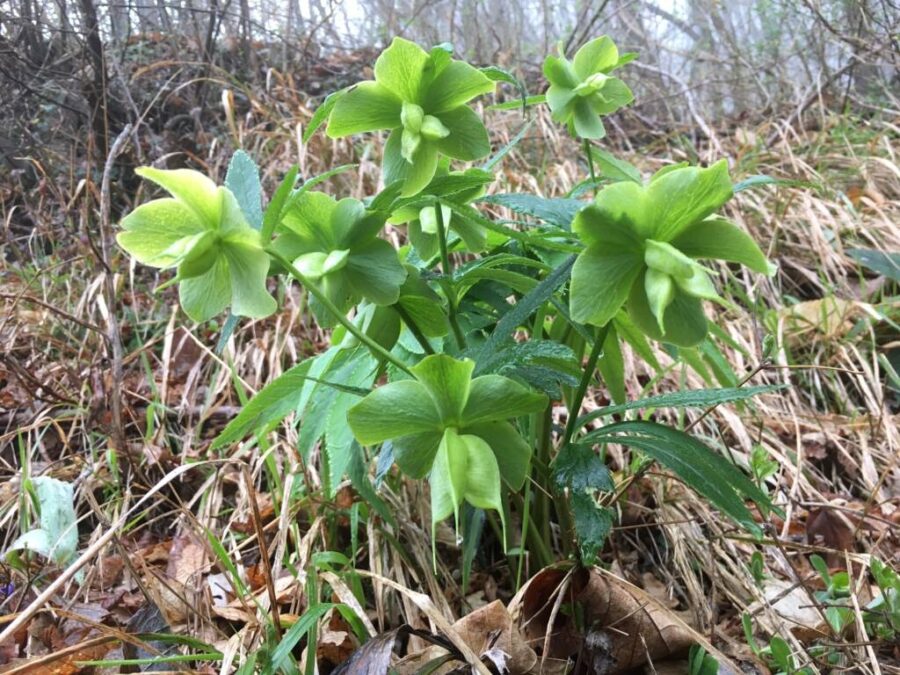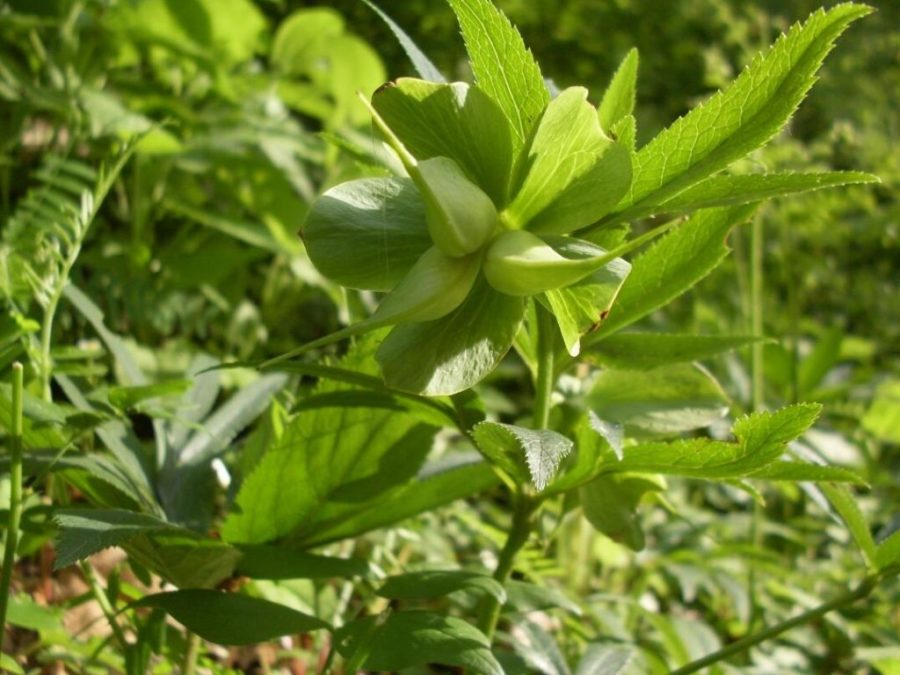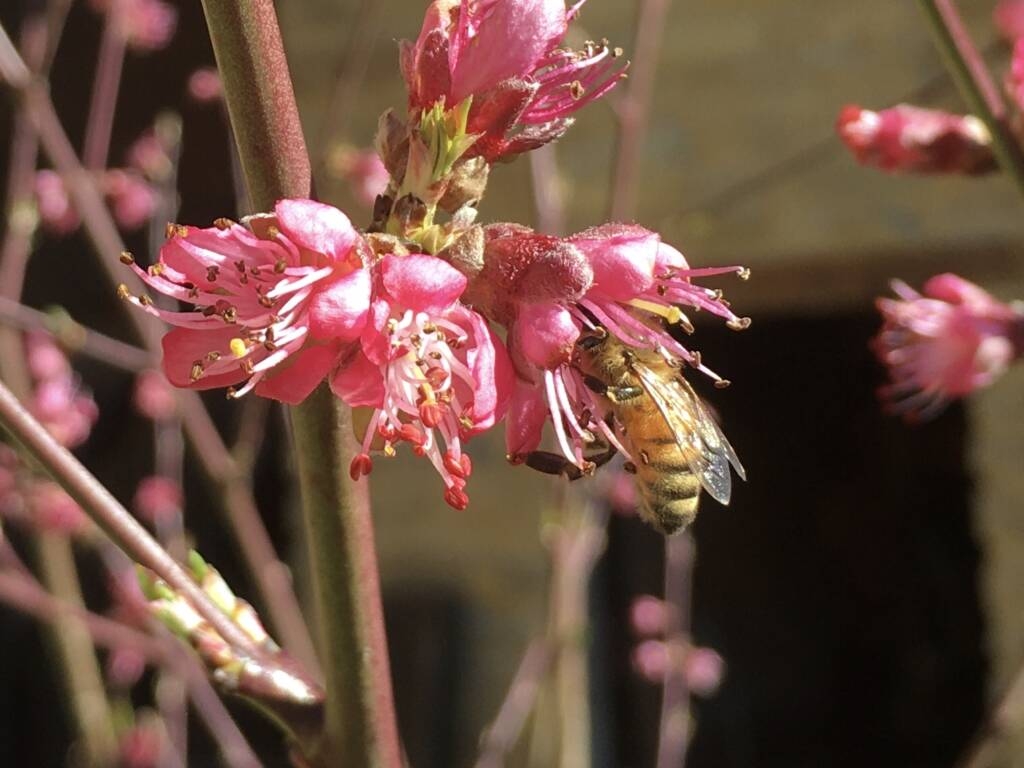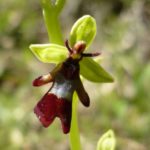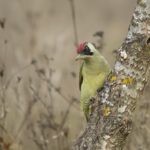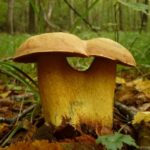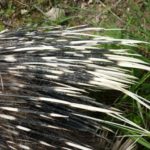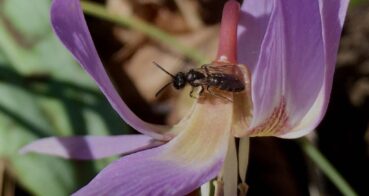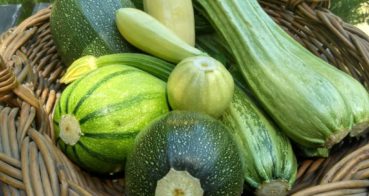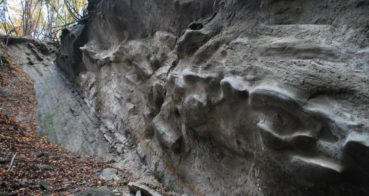Spring flowering in the Apennines of Reggio Emilia

Marc
Spring has finally blossomed in the Middle Reggio Emilia Apennines, and with it the undergrowth has awakened in a palette of bright colors. The first warmth of the sun caressed the ground, inviting a myriad of flowers to open up and adorn the landscape with delicacy and charm.
Shades of colors of the undergrowth
Walking along the paths that wind through the hills, you come across a riot of scents and nuances. The wild anemone, with its intense blue petals, creates spots of color that contrast with the bright green of the vegetation. The primrose, with its yellow and sunny flowers, illuminates the shady slopes, while the violet, shy and hidden, gives a touch of romance to the environment.
The spring flowering of the undergrowth is a true spectacle of nature, a moment of rebirth and joy that invites you to slow down and savor the beauty of the details. An opportunity to immerse yourself in the quiet of the woods and to rediscover the magic of nature as it awakens.
VACANZA NELLA NATURA
Dente di cane and hellebore: two precious gems of the undergrowth
Dente di cane (Erythronium dens-canis)
The dog’s tooth is a delicate and fascinating flower that characterizes the undergrowth of the Middle Apennines of Reggio Emilia. Its petals, an intense yellow and flecked with brown, open up to the sun like small stars, illuminating the shady slopes. Flowering occurs in spring, between March and April, and gives a touch of color to the still bare landscape.
Hellebore (Helleborus viridis)
Hellebore, also known as “St. John’s wort”, is a wildflower frequently found in mountain woodlands. Its petals, of an intense green and edged in white, take on a cup shape that encloses numerous yellow stamens. Flowering occurs between January and March, making hellebore one of the first flowers to bloom in the undergrowth.
Symbolism and legends
Both flowers are linked to legends and symbolism. The barnacle, with its shape reminiscent of a dog’s tooth, was in the past considered an amulet against bad luck. Hellebore, on the other hand, was associated with purification and rebirth. Both flowers are poisonous in all their parts.
An invitation to discovery
The dog’s tooth and the hellebore are just two of the many flowers that embellish the undergrowth of the Middle Apennines of Reggio Emilia. A spring excursion to these places is an opportunity to admire the beauty of these wild flowers and immerse yourself in the quiet of nature.
B&B NELLA NATURA
